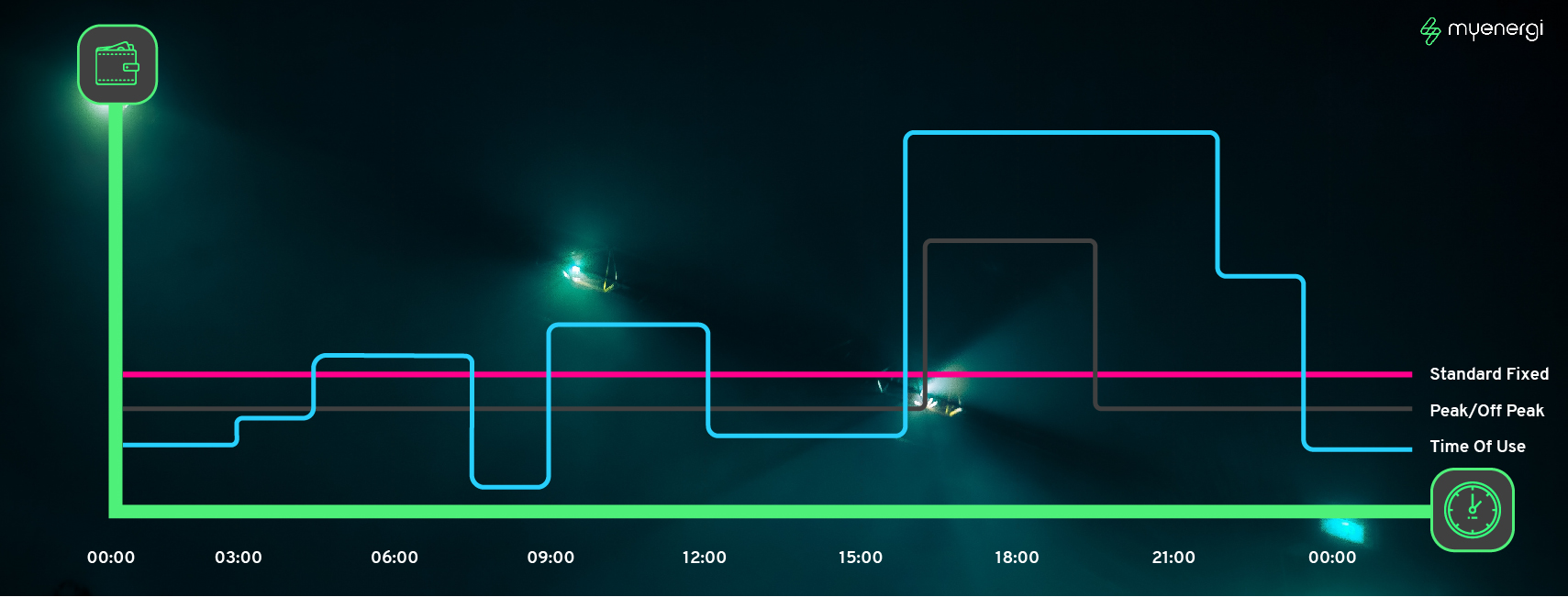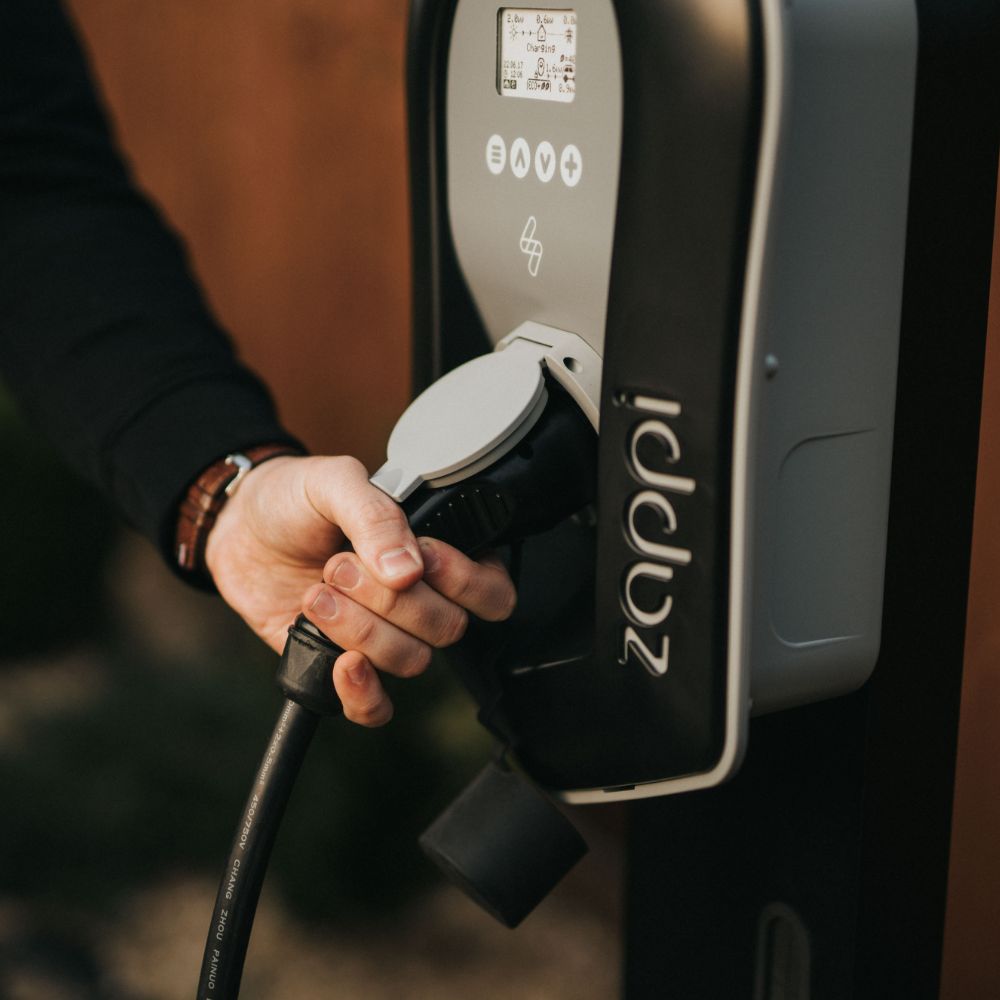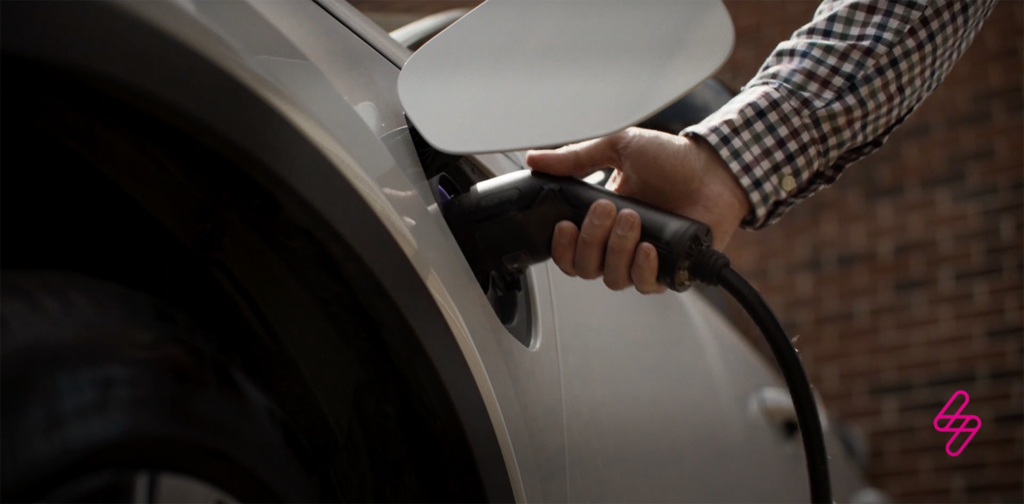Time Of Use Tariffs Explained
Like many other products, electricity is bought and sold on the wholesale market. Electricity prices increase and decrease based on supply and demand. During periods when demand is low, the wholesale price of electricity plummets, particularly during the early hours when most people are sleeping. Time of use tariffs have been introduced to encourage customers to use energy when there is less demand on the grid, so rather than paying a flat rate for your electricity the price you pay reflects the wholesale price of the energy when you use it – hence ‘time of use’.
Contents
1. How do electricity tariffs work?
2. Why do electricity tariffs increase and decrease?
3. Time of use tariffs and EV drivers
4. myenergi account
How do electricity tariffs work?
Electricity suppliers traditionally charge their customers a standard rate, usually between 14 – 17p per kWh. It doesn’t matter if the supplier’s cost price goes down, you the customer are still charged the same rate.
On average the supplier will make a profit on the energy they supply but, as you pay the same for every unit of electricity, there’s no incentive for you to consider the immediate impact of your energy usage. For example, If you run the washing machine, is there plenty of power available at the time of usage or will more power generation be needed to meet the extra demand? This extra generation is usually more expensive to run and could use gas or coal, which creates CO2.
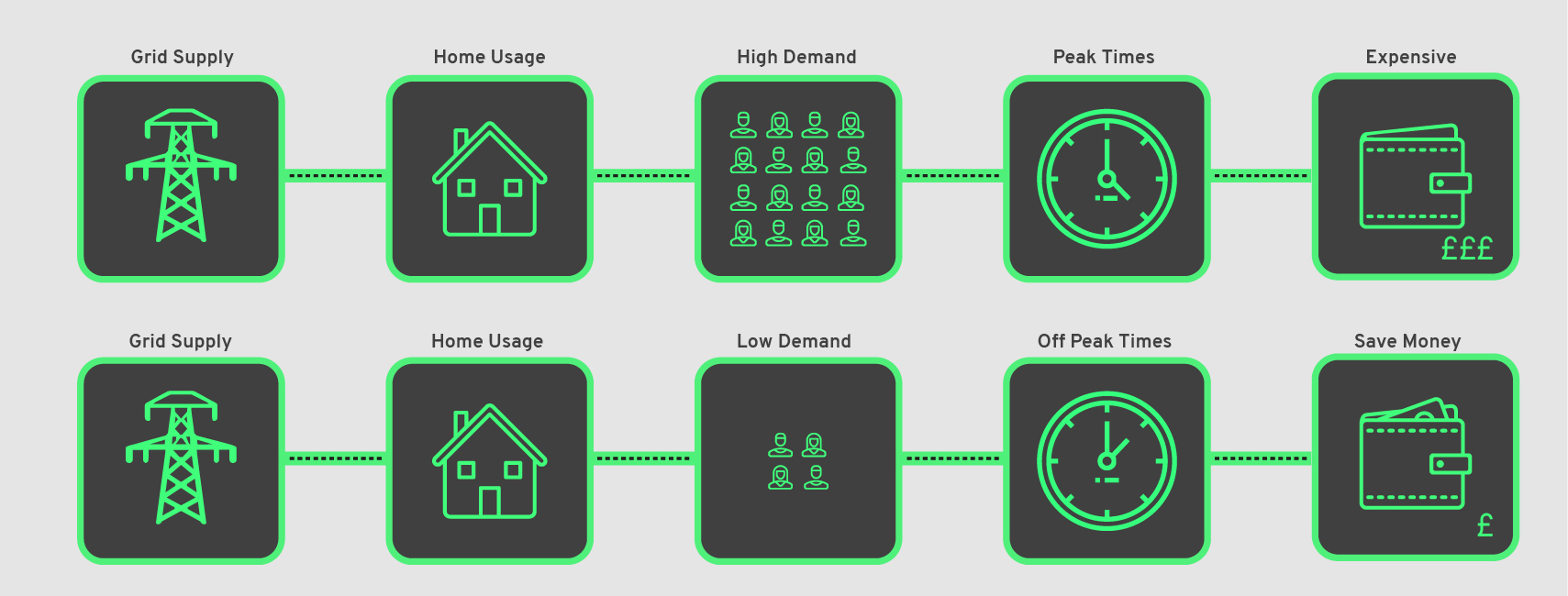
When do tariff prices peak?
Electricity prices peak between the hours of 4pm – 7pm. This is because more households are using ovens to cook, running hot baths and generally using more electricity on a whole during this period.
When do tariff prices fall?
Tariff prices fall from 8pm and tend to decrease gradually into the early hours. Tariff prices are at their lowest between 1-4am whilst people are sleeping and pick up gradually from 5am as people begin to wake up again.
What is Economy 7?
Simple time of use tariffs have been around for a long time – Economy 7 was introduced in 1978 and was widely used for storage heaters and for electric heating of hot water. For seven hours every night, when there is plenty of spare generation available, the cost of electricity has the potential to drop 20 times lower than it was during the day. As there are only two prices – “peak” and “off-peak” Economy 7 is also referred to as a “Dual rate tariff”.
Many companies still offer some form of dual-rate tariff. These are great if you can make use of the cheap periods but be careful – if most of your electricity usage is during the peak period you can end up paying more and would be better off on a standard, fixed tariff. You’ll also need to have an electricity meter that can split the energy between the peak and off peak periods.
What are agile electricity tariffs?
Some companies are now shaking up the industry by adopting what are called “agile”, “flexible” or time of use tariffs.
With the introduction of smart meters it’s now possible to tell how much energy you use in each half-hour period. Using this information the energy supplier are able to match you usage to the market prices in each half-hour. If the wholesale price drops, the electricity supplier will pass these lower prices on to their customers. This helps both the supplier and the customer.
If there is lots of spare generation available then the price could drop dramatically, meaning potentially far cheaper prices for those on these tariff agreements. This is particularly advantageous for electric vehicle owners who will typically charge their vehicles overnight and during off peak periods. The prices may even go negative, meaning that there are instances when customers would actually be paid to use energy.
Take care though – the cost of electricity can also go up just as dramatically, catching you out if you are not watching the price carefully or use an automatic scheduling tool such as the myenergi account (myaccount.myenergi.com) to keep an eye on the prices for you
Octopus Agile tariffs are the ultimate in time of use tariffs or ‘flexible tariffs’, adopted by Octopus Energy where the price of energy is different in every half hour period. Find out more about Octopus Agile time of use tariffs on their website.
Why do electricity tariffs increase and decrease?
Of course, energy suppliers and producers can never be absolutely certain on the demand, particularly when it comes to the weather forecast and other uncontrollable factors. Therefore, energy production is planned and then supplied based on usage forecasts and predications. The planners and energy traders know that that demand is high at 5pm on a cold, winter’s evening and plan accordingly buying capacity in advance to meet the expected load.
However, if it’s unseasonably warm and windy the demand will be low and there will be plenty of cheap wind power available. As a result the wholesale prices drop and the energy supply company may have bought too much power which they still have to pay for but they are willing to sell on at discounted rates.
Time of use tariffs are particularly useful for those who manage and monitor their energy usage closely, so electric car owners can really benefit from the lower prices during the night and early hours.
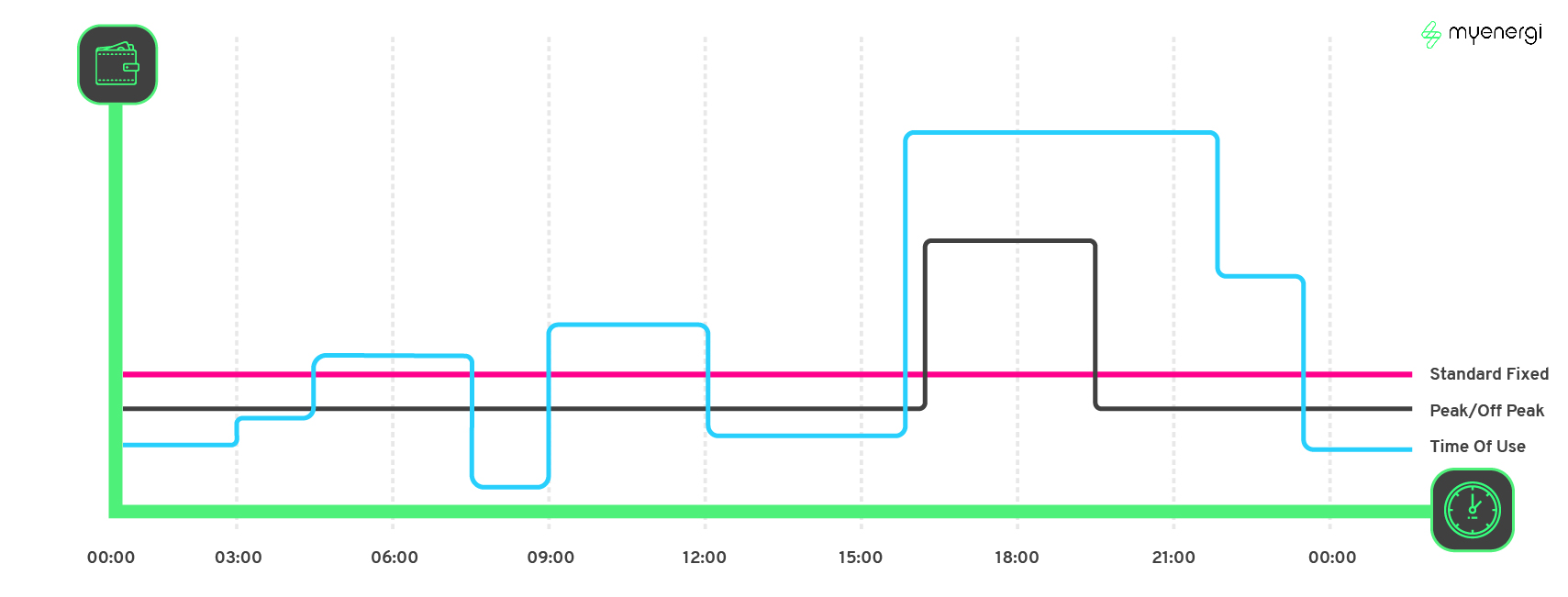
Time of Use Tariffs & EV Drivers
If you are on a time of use tariff…
When is the best time to charge my electric car?
The best time to charge your vehicle is during the night and in the early hours. Tariff prices tend to decrease from 8pm. Refrain from charging between 4 – 7pm as tariff prices are at their highest.
What is the cheapest time to charge my electric car?
The cheapest time to charge your vehicle is between midnight and 4am. Demand on the grid is much lower during these periods as most people are asleep.
How much can I save on a flexible tariff?
Those who charge their vehicles on a standard rate will pay on average around 14 – 17p per kWh. Those on flexible tariffs, could often pay as little as 5p per kWh or less.
Are flexible tariffs more expensive?
Flexible tariffs increase during periods of high demand and therefore could be more expensive if they are not used and monitored correctly. If used correctly and in the right conditions, flexible tariffs have the potential to drastically lower your electricity bills.
Why are flexible tariffs cheaper?
Flexible tariffs are just that, flexible. They allow customers the opportunity to visually see, when electricity tariffs will be at their cheapest. Therefore customers can work out the cheapest time to use electricity.
Should EV drivers switch to a time of use tariff?
EV drivers, in particular, will benefit from a time of use tariffs. Time of use tariffs tends to be cheaper through the night and in the early hours of the morning, which is when most EV drivers charge up at home.
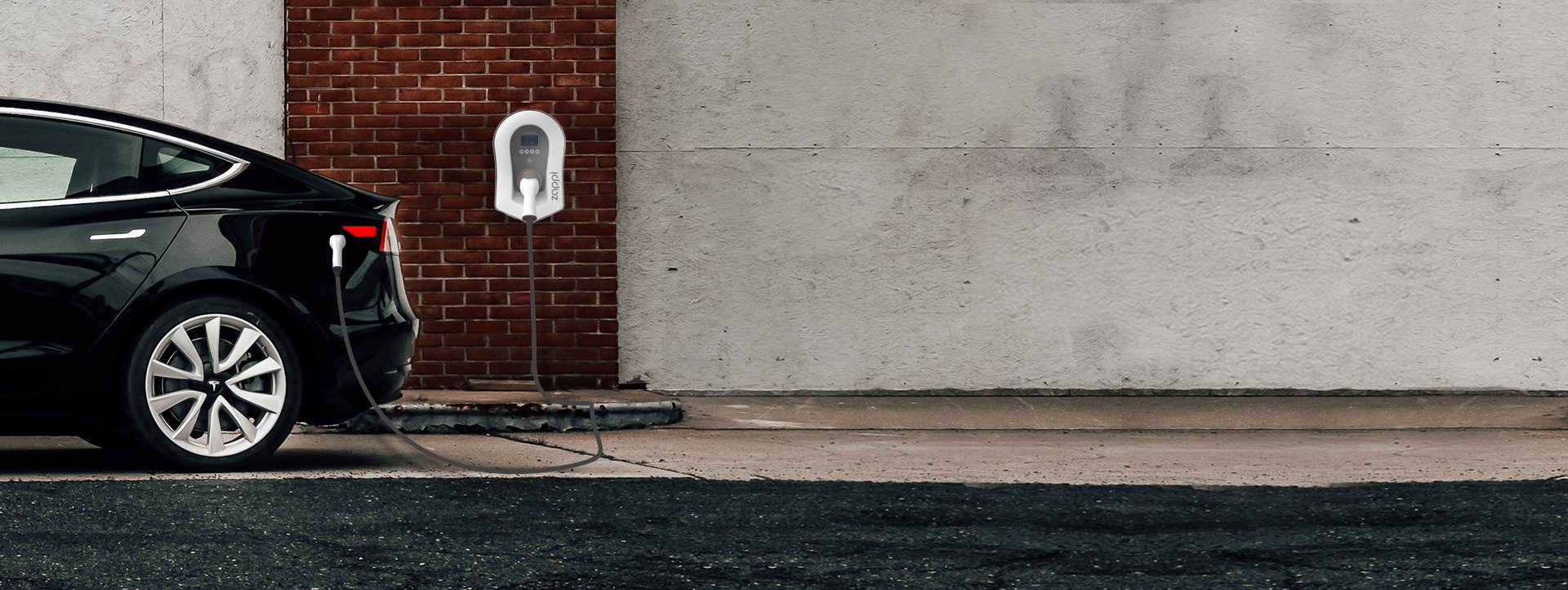
myenergi Account
myenergi Ireland customers can utilise these innovative tariffs such as Octopus Agile in order to scan forecasts for the cheapest tariffs. Schedule your charges, set a budget charge and always charge your vehicle when electricity is cheapest, with a myenergi account.
You can quickly and easily create a myenergi account online today!
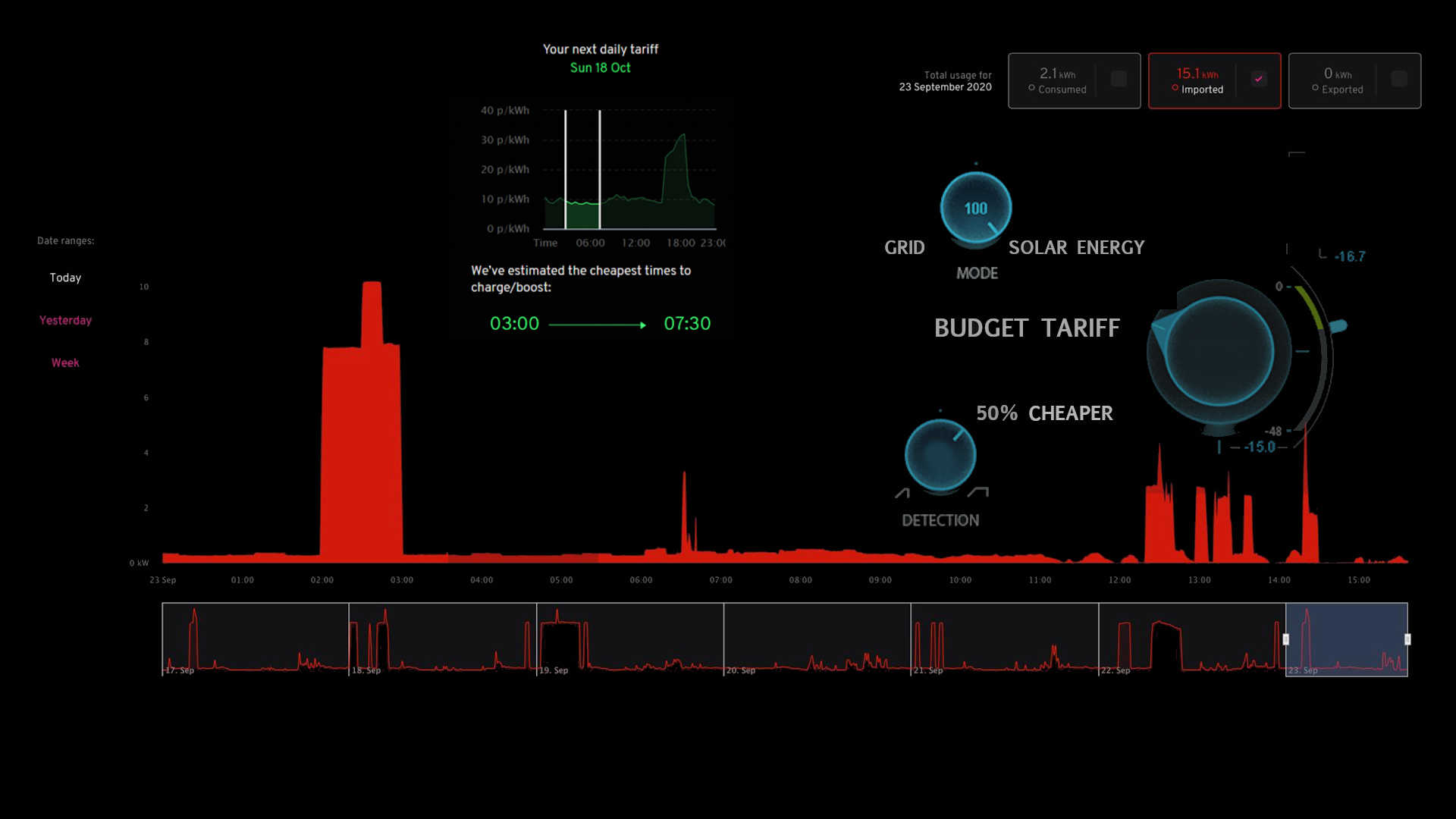

 libbi
libbi